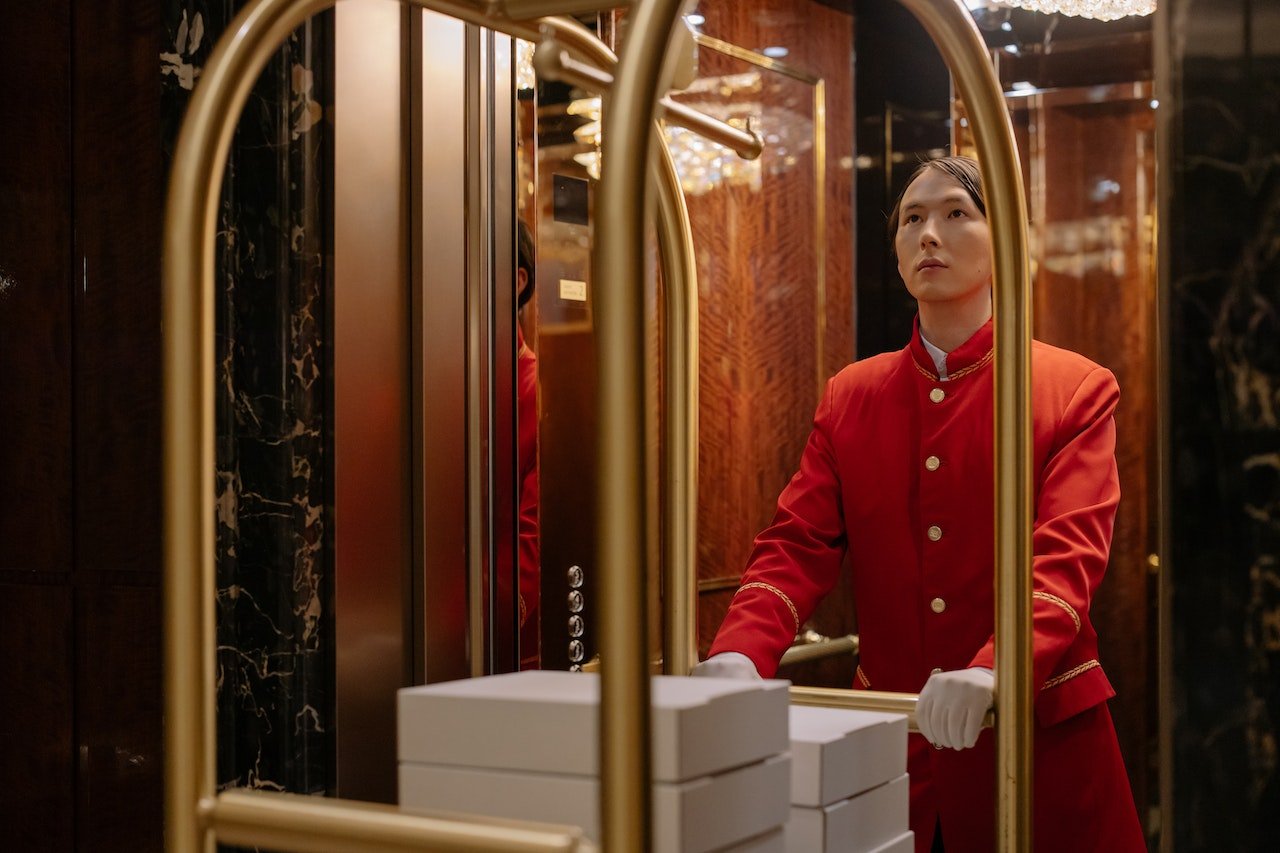5 Things You Didn’t Know About How Medical Alert Systems Work
It's late in the evening, and your elderly parent is home alone. You are kilometers away, and suddenly, a thought crosses your mind. Suppose they fall and are unable to reach the phone. Many families experience precisely this worry but postpone acting until following a disaster. Frequently, their failure is not that they don't care but rather that they undervalue how much medical alert systems have developed.
Gone are the days of huge gadgets only operational within a landline's arm's length. Modern medical alert systems are mobile, intelligent, and designed to react even without anyone nearby. They offer safety for anybody handling medical issues at home and for the elderly.
If you believe you know how they operate, re-evaluate.
Here are five shocking truths about how medical alert systems function and how they quietly enhance lives every day.
1. Are Not Only For Seniors
Most people picture an older adult living alone when they consider medical alert systems. Although seniors continue to be the main users, these systems provide a lifeline for those with post-surgical recovery needs, physical impairments, or chronic conditions.
In Canada, for instance, the technology behind medical alert systems has changed to help people of all ages and ways of life. Learning how medical alert systems work in Canada reveals that they now serve everybody, from active retirees to younger people with epilepsy or diabetes.
Far more flexible than many believe, they offer around-the-clock protection and may be modified to fit particular mobility or health problems.
2. Operate Without a Landline
One obsolete belief is that medical alert systems need a conventional house telephone line. Most contemporary systems, nevertheless, function via sophisticated mobile networks. This technical upgrade makes greater coverage, more adaptability, and better functionality possible, especially for those who are frequently on the move or live in regions without landline access.
Cellular-connected systems provide quick and dependable access to emergency assistance without being confined to a specific location. Support is always close, whether you are walking the dog, going to a friend, doing errands around town, or just hanging around at home.
Many more recent gadgets also have GPS tracking that lets emergency responders identify a user's precise whereabouts. This makes current systems perfect for preserving independence while still prioritizing safety.
3. Fall Detection Does Not Need a Button Press
As you may expect, a user should push a button to summon help. Fall detection technology has drastically altered that expectation, though. Many systems already include motion sensors that automatically identify a sharp impact or change in movement.
The system can still send alerts to the monitoring center even if someone collapses and loses consciousness or is unable to push the button. Trained experts evaluate the scenario from there and send assistance based on the users' predetermined emergency response strategy.
This automatic function is especially helpful for individuals with mobility problems, cognitive impairments, or medical conditions that could lead to unexpected episodes.
4. Provide Much More Than Emergency Assistance
The human reaction behind every call is among the most comforting aspects of current medical alert systems. When an alarm is raised, it does not link the user to a machine or an automatic queue. Rather, it connects them to a trained expert operating in a professional monitoring facility.
These responders are on hand day, night, weekends, and holidays, guaranteeing aid is never more than minutes away. In addition to emergency response procedures, they are taught to offer tranquil, sympathetic, and plain communication under high-stress circumstances.
Depending on the circumstance, they may call designated family members, send emergency medical assistance, or simply provide comforting words. This customized treatment can help make the critical distinction between calm and panic at the moments that count most.
5. Are Made To Fit Your Way Of Life
Modern medical alert systems differ greatly; one size does not fit every user. Most systems are meant to be personalized to fit your particular health and lifestyle requirements, which is great. Today's systems let you customize your experience by whether you need daily medication reminders, would rather wear a discreet pendant instead of a wristband, or would like certain family members to be alerted first in an emergency.
Some sophisticated systems interface with wellness monitoring devices like blood pressure cuffs, heart rate monitors, or glucose monitors. Others use daily check-ins, scheduled voice prompts, or wellness confirmation alarms to guarantee the user is okay beyond emergencies.
Thanks to its flexibility, the system is particularly useful for people dealing with chronic diseases or memory problems. Because the technology adjusts to your lifestyle, not the other way around, it transforms from a burden into a dependable, integrated aspect of daily living.
Wrapping Up
Until you see how far medical alert systems have come, you might not fully appreciate their importance. These are modern life-enhancing tools meant to be complex, not just emergency buttons. Modern systems are mobile, unobtrusive, and adaptable to a spectrum of health needs and lifestyles.
Knowing how medical alert systems function in Canada enables you to make a wiser, safer decision whether caring for a parent, living with a medical condition, or just searching for extra peace of mind. They actively avoid disasters and encourage daily well-being instead of merely reacting to them.
From fall detection and GPS monitoring to customized care plans and 24/7 human help, these systems defend, empower, and give confidence at all times.
Have a listing you think should be featured contact us or submit here to tell us more! Follow Off The MRKT on Twitter and Instagram, and like us on Facebook.






